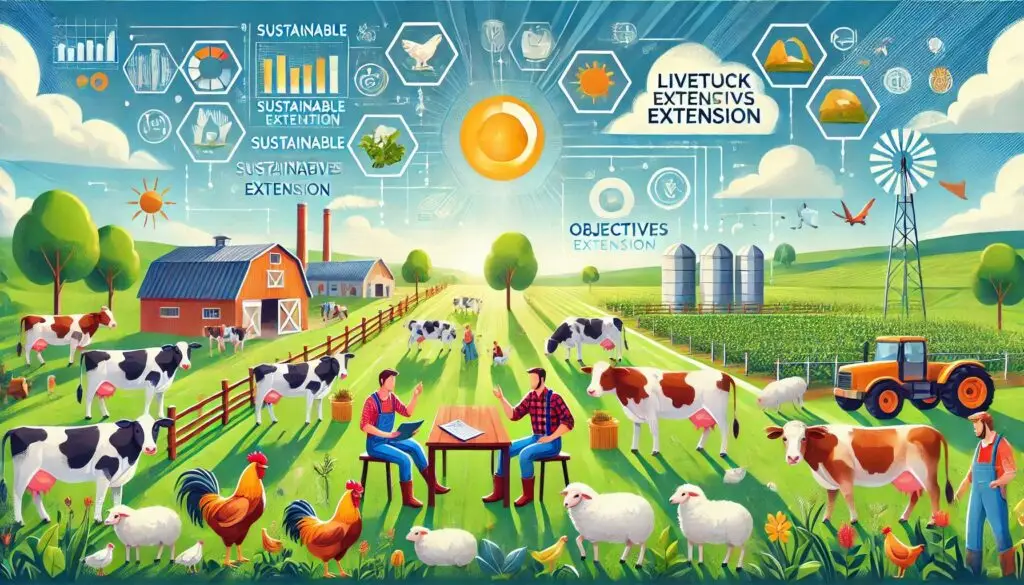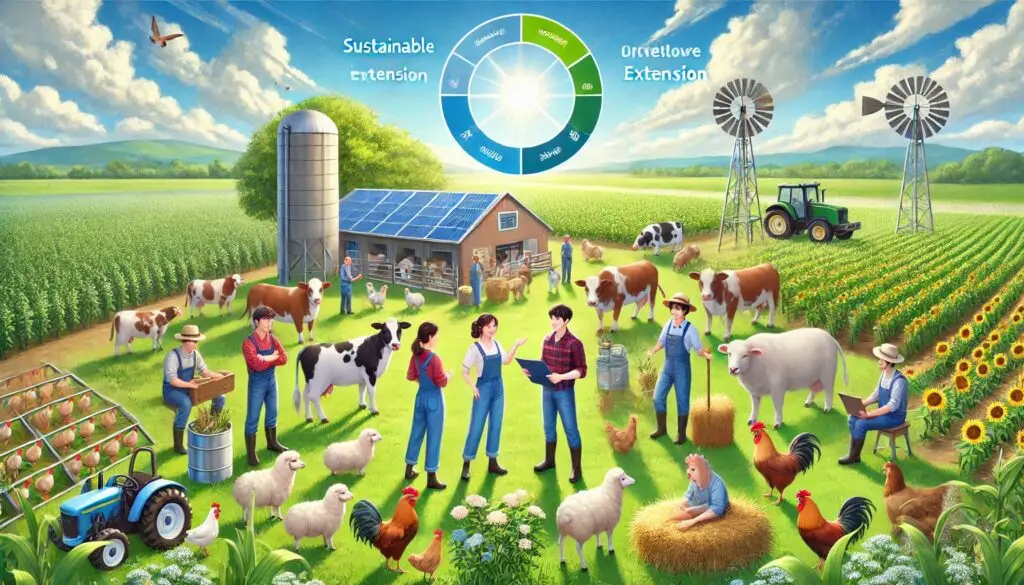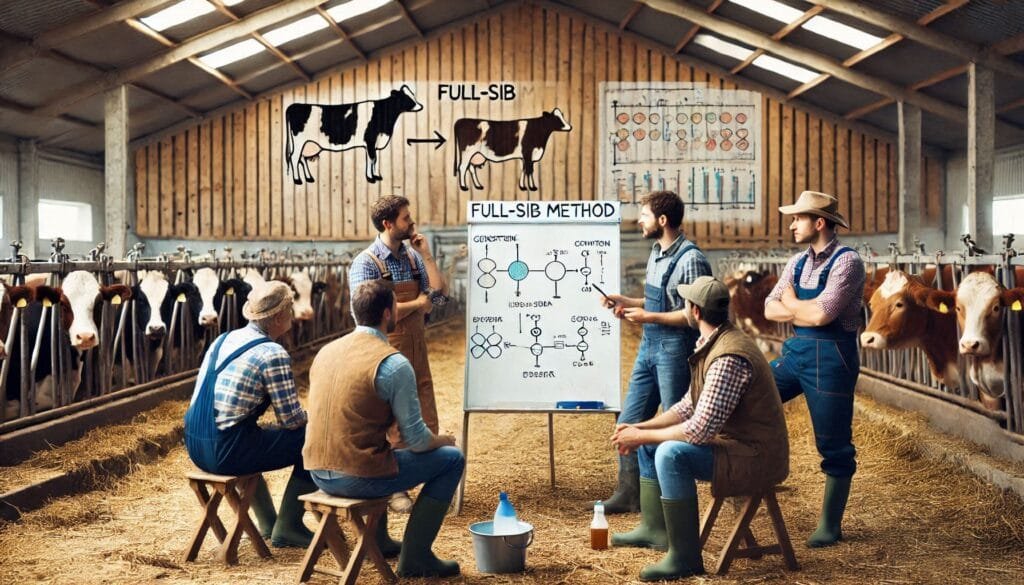Aims of Agricultural Extension

Introduction
Agricultural extension plays a vital role in the development of the agricultural sector. It serves as a bridge between research and farmers, helping to improve productivity and sustainability. This article explores the aims of agricultural extension as outlined by the National Commission on Agriculture. We will discuss how these aims contribute to the overall growth of agriculture and rural development.
What is Agricultural Extension?
Agricultural extension refers to the services and programs designed to provide farmers with the knowledge and skills they need to improve their farming practices. These services can include training, workshops, and direct support from extension agents. The goal is to enhance agricultural productivity, promote sustainable practices, and improve the livelihoods of farmers.
Key Aims of Agricultural Extension
1. Technology Transfer
One of the primary aims of agricultural extension is technology transfer. This involves introducing farmers to modern agricultural techniques and innovations. By adopting new technologies, farmers can increase their yields and improve the quality of their produce.
- Examples of Technology Transfer:
- Improved seed varieties
- Efficient irrigation methods
- Pest management techniques
2. Human Resource Development
Human resource development is another crucial aim. Agricultural extension focuses on building the skills and knowledge of farmers. Training programs help farmers learn best practices in crop management, livestock care, and sustainable farming techniques.
- Benefits of Human Resource Development:
- Increased productivity
- Better decision-making
- Enhanced problem-solving skills
3. Social Capital Development
Agricultural extension also aims to foster social capital among farmers. By encouraging collaboration, farmers can form groups or cooperatives. This collective approach enables them to share resources, knowledge, and market access.
- Advantages of Social Capital:
- Improved bargaining power
- Shared resources and costs
- Enhanced community support
4. Sustainable Resource Management
Sustainable resource management is critical in today’s agricultural practices. Extension services educate farmers about conserving natural resources. This includes training on soil health, water management, and biodiversity preservation.
- Key Practices for Sustainability:
- Crop rotation
- Organic farming
- Integrated pest management
5. Policy and Institutional Framework
A structured policy framework is essential for effective agricultural extension. The National Mission on Agricultural Extension and Technology (NMAET) emphasizes the need for coordination among various agricultural initiatives. This includes aligning extension services with research and market systems.
- Importance of Policy Framework:
- Streamlined support for farmers
- Enhanced collaboration among stakeholders
- Effective implementation of agricultural programs
6. Capacity Building
Building the capacity of extension personnel is vital. Extension agents need the right tools and training to support farmers effectively. Capacity building ensures that they can provide relevant and timely assistance.
- Strategies for Capacity Building:
- Continuous professional development
- Access to updated resources
- Networking opportunities
7. Focus on Marginalized Farmers
Agricultural extension aims to reach marginalized farmers. Special attention is given to small and resource-poor farmers. Tailored strategies help address their unique challenges and needs.
- Ways to Support Marginalized Farmers:
- Targeted training programs
- Access to credit and resources
- Inclusion in decision-making processes
8. Feedback Mechanisms
Establishing feedback mechanisms is essential for improving extension services. Farmers should have a platform to share their experiences and challenges. This feedback helps extension services adapt and evolve.
- Benefits of Feedback Mechanisms:
- Continuous improvement of services
- Increased farmer satisfaction
- Better alignment with farmer needs
Conclusion
The aims of agricultural extension, as outlined by the National Commission on Agriculture, are crucial for the growth of the agricultural sector. By focusing on technology transfer, human resource development, social capital, sustainable practices, policy frameworks, capacity building, marginalized farmers, and feedback mechanisms, agricultural extension can significantly enhance productivity and sustainability.Investing in these aims not only improves the livelihoods of farmers but also contributes to the overall development of rural communities.
For more pearls of Vets Wisdom:
https://wiseias.com/partitioning-of-food-energy-within-animals/






Responses